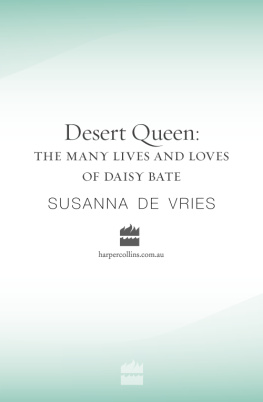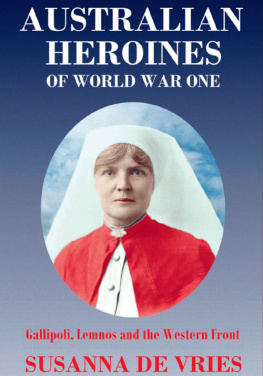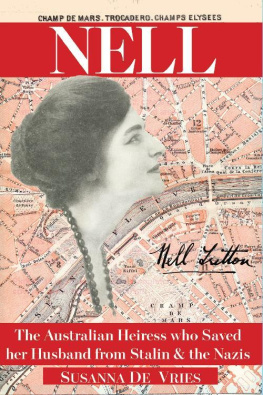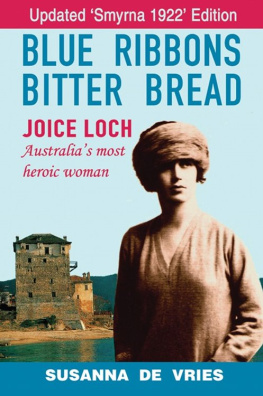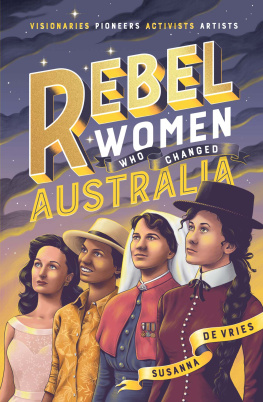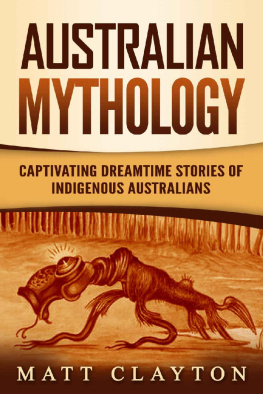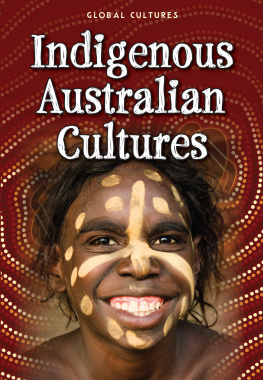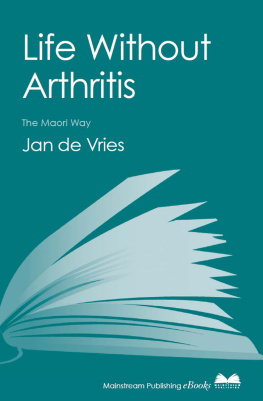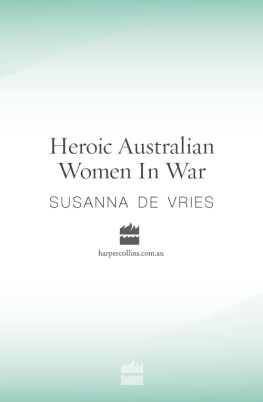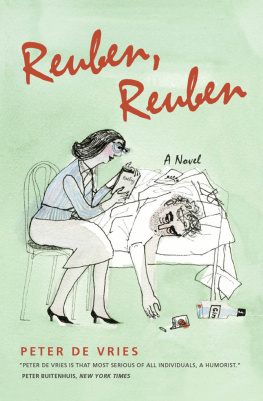Susanna De Vries - Desert Queen
Here you can read online Susanna De Vries - Desert Queen full text of the book (entire story) in english for free. Download pdf and epub, get meaning, cover and reviews about this ebook. City: Victoria Park;AU, year: 2013, publisher: HarperCollins Publishers;Association for the Blind of Western Australia, genre: Non-fiction. Description of the work, (preface) as well as reviews are available. Best literature library LitArk.com created for fans of good reading and offers a wide selection of genres:
Romance novel
Science fiction
Adventure
Detective
Science
History
Home and family
Prose
Art
Politics
Computer
Non-fiction
Religion
Business
Children
Humor
Choose a favorite category and find really read worthwhile books. Enjoy immersion in the world of imagination, feel the emotions of the characters or learn something new for yourself, make an fascinating discovery.
- Book:Desert Queen
- Author:
- Publisher:HarperCollins Publishers;Association for the Blind of Western Australia
- Genre:
- Year:2013
- City:Victoria Park;AU
- Rating:4 / 5
- Favourites:Add to favourites
- Your mark:
- 80
- 1
- 2
- 3
- 4
- 5
Desert Queen: summary, description and annotation
We offer to read an annotation, description, summary or preface (depends on what the author of the book "Desert Queen" wrote himself). If you haven't found the necessary information about the book — write in the comments, we will try to find it.
Desert Queen — read online for free the complete book (whole text) full work
Below is the text of the book, divided by pages. System saving the place of the last page read, allows you to conveniently read the book "Desert Queen" online for free, without having to search again every time where you left off. Put a bookmark, and you can go to the page where you finished reading at any time.
Font size:
Interval:
Bookmark:
This book is dedicated to Jim McJannett of Thursday Island,
Queensland, whose collection of Daisy Bates papers and
photographs, along with his encyclopaedic knowledge and
research skills, has been invaluable.

Map showing the places Daisy visited, including the railway that passed through Ooldea
A t one time in our not so distant past, the story of Daisy Bates was taught in every school in Australia. Arriving in Australia in 1883 with no money, family or friendsbut with extraordinary pretensionsthis remarkable Irish orphan somehow managed to marry three times, bear a child, live in Victorian formality in a tent in the outback and become a pioneer ethnographer and documenter of Aboriginal customs. Her initial research into West Australian tribal ceremonies, customs, languages and kinship systems, carried out at a time when the subjects of ethnology and anthropology were struggling to establish themselves as university disciplines, was extremely valuable. Her important work The Native Tribes of Western Australia was not published until 1985 (edited by anthropologist Isobel White), but her observations have underpinned much understanding of Aboriginal society and helped Aboriginal people regain their land.
Daisy Bates was an extraordinary and eccentric woman by any measure. In 2005 she was nominated as one of the worlds great female travel writers on the basis of her daring trek from the north east of Australia three thousand miles in a side saddle, escorting a mob of cattle south. Yet before this, she had of course travelled on her own the thousands of miles from Ireland by ship to an unknown continent on the other side of the world.
Marrying the first of her three husbands (none of whom she bothered to divorce), the Boer War soldier Breaker Morant, the pair would go on separately to make themselves legends. Spinning fanciful tales about their pasts they nevertheless lived more astonishing real lives, Morant ending up before a firing squad, and Daisy eventually taking herself, her tent and her young son to the bleak Nullabor Desert, all the while maintaining strict Victorian dress if not morals.
For sixteen years she lived alongside Australian Aborigines, befriending and studying them at the expense of her own health. Her restricted diet in a drought-ridden desert, without fresh vegetables, led to her lack of essential vitamins and minerals and the breakdown in her health. But her many references to Aboriginal cannibalism and her support for removing children from what she viewed as abusive conditions, especially once alcohol took its hold within Aboriginal societies, and her support for a widely held belief in the ultimate extinction of the Aborigines in Australia meant her reputation suffered.
One of the earliest authors to document Daisy Batess life was the journalist Ernestine Hill, who collaborated with Daisy Bates from 1932 to write the story of this fascinating woman. During this time Daisy Bates also opened some of her own history in My Natives and I, a series of articles published in the Adelaide Advertiser between 1936 and 1940. In both the accounts she gave Ernestine Hillwhose Kabbarli: A Personal Memoir of Daisy Bates, was published in 1973and in My Natives and I, Daisy Bates described how she arrived in Australia in 1883 as an orphan from Ireland, where she had grown up under the protection of an adoring father. According to Daisy, some time after her gentleman father died, she was cared for by the Outram family in Dorset, England, where she was attended on by servants, educated by a governess and taken on visits to Balmoral Castle.
Since My Natives and I, much of the writing about Daisy Batess childhood in Ireland has been based on her youthful fantasies and often repeats or embroiders the misinformation of previous biographies.
In 1971 Elizabeth Salter produced a biography of Daisy, Daisy Bates: The Great White Queen of the Never Never, yet she never visited Batess homeland of Ireland. Two decades later, Julia Blackburn, an English writer, published Daisy Bates in the Desert (1994), written in the narrative style known as faction: part-fact, part-fiction. She tried to discover the secrets of Daisy Batess mysterious past, but concentrated her research solely in Australia. So when I embarked on this new work, I realised I had to look for more documentary evidence about Daisy Bates, both in Ireland and Australia.
In the summer of 2005, I journeyed to Ireland to investigate what I could of Daisys past. I found Ireland in the midst of its sustained Celtic tiger economic boom, and Irish people proud of what they had accomplished. Records previously unavailable had now been computerised and much new information had emerged about Daisy, her family background and her formative years as a charity child at the Free Convent School in Roscrea. All of this casts new light on the extraordinary story of this remarkable woman.
Originally I intended to include a brief version of Daisys life in my collection of short biographies Great Pioneer Women of the Outback, but she simply didnt fit in with the wives who obediently accompanied their husbands to the outback. Daisy was different. She was indomitable, her own woman. She travelled thousands of kilometres on her own initiative, abandoned two husbands, while another disappeared in mysterious circumstances, and spent years of her life in arduous conditions studying Australias first inhabitants. She deserves an entire book to herself.

Daisy ODwyer
IRISH ORPHANS
He remained in her memory as the beloved companion of her adolescence.
ELIZABETH SALTER, DAISY BATES, REFERRING TO JAMES EDWARD DWYER, DAISYS DECEASED FATHER
O n the deck of the SS Almora an attractive young woman in a well-cut black dress stood out from a group of girls in shapeless garments of buff-coloured calico. These shivering young women wrapped black woollen shawls around their shoulders in a futile attempt to ward off the harsh November wind. Each orphan girl had been given the standard issue of two cheap calico dresses, two petticoats, two pairs of black woollen stockings and a pair of work boots. Clearly, the dark-haired girl in the black dress had no intention of wearing such an unflattering uniform which proclaimed that the wearer was a charity child travelling on an assisted passage. Many were orphans, recruited from Irish workhouses and orphanages. They hoped to escape poverty by migrating to Queensland, where unskilled labour was in demand.
Miss ODwyers passage had also been subsidised but unlike the younger girls who were indentured to various employers as domestic servants, she was classified as a free migrant. She intended to find her own job once she landed, confident that her training by the nuns of the French-speaking Order of the Sacred Heart as a governess would impress a future employer.
Daisy ODwyer had paid only one single pound to share a row of bunks in steerage class for which the full rate was forty pounds. Saloon-class passengers paid far more money for the privacy of their own cabins with proper washing facilities, a dining room with better meals and fresh milk from the three cows on board. Steerage passengers, however, were herded like animals into the hottest part of the ship en route from Plymouth, via the Suez Canal and Batavia to Queensland.
Reduced or concessional fares were reserved for Catholic girls of good character aged between fifteen and twenty-one. About to celebrate her twenty-fourth birthday, Miss ODwyer knew she did not qualify for a concession but aware that no one could find out the truth without looking in the birth register of St Cronans Church, Roscrea, Daisy ODwyer could lop four years off her age and gain thirty-nine pounds (of the total forty-pound fare), which she would need until she found suitable work as a governess. So Daisy had smiled at the shipping clerk and claimed she was twenty with no birth certificate. He had asked no awkward questions, written twenty in the column marked Age, and only charged her one pound for a government-assisted passage. Like the other girls, Daisy was made to sign a bond promising to remain in Queensland for five years, with the proviso that should she break the bond she would repay the balance of her farethirty-nine poundsto the Queensland government.
Font size:
Interval:
Bookmark:
Similar books «Desert Queen»
Look at similar books to Desert Queen. We have selected literature similar in name and meaning in the hope of providing readers with more options to find new, interesting, not yet read works.
Discussion, reviews of the book Desert Queen and just readers' own opinions. Leave your comments, write what you think about the work, its meaning or the main characters. Specify what exactly you liked and what you didn't like, and why you think so.

